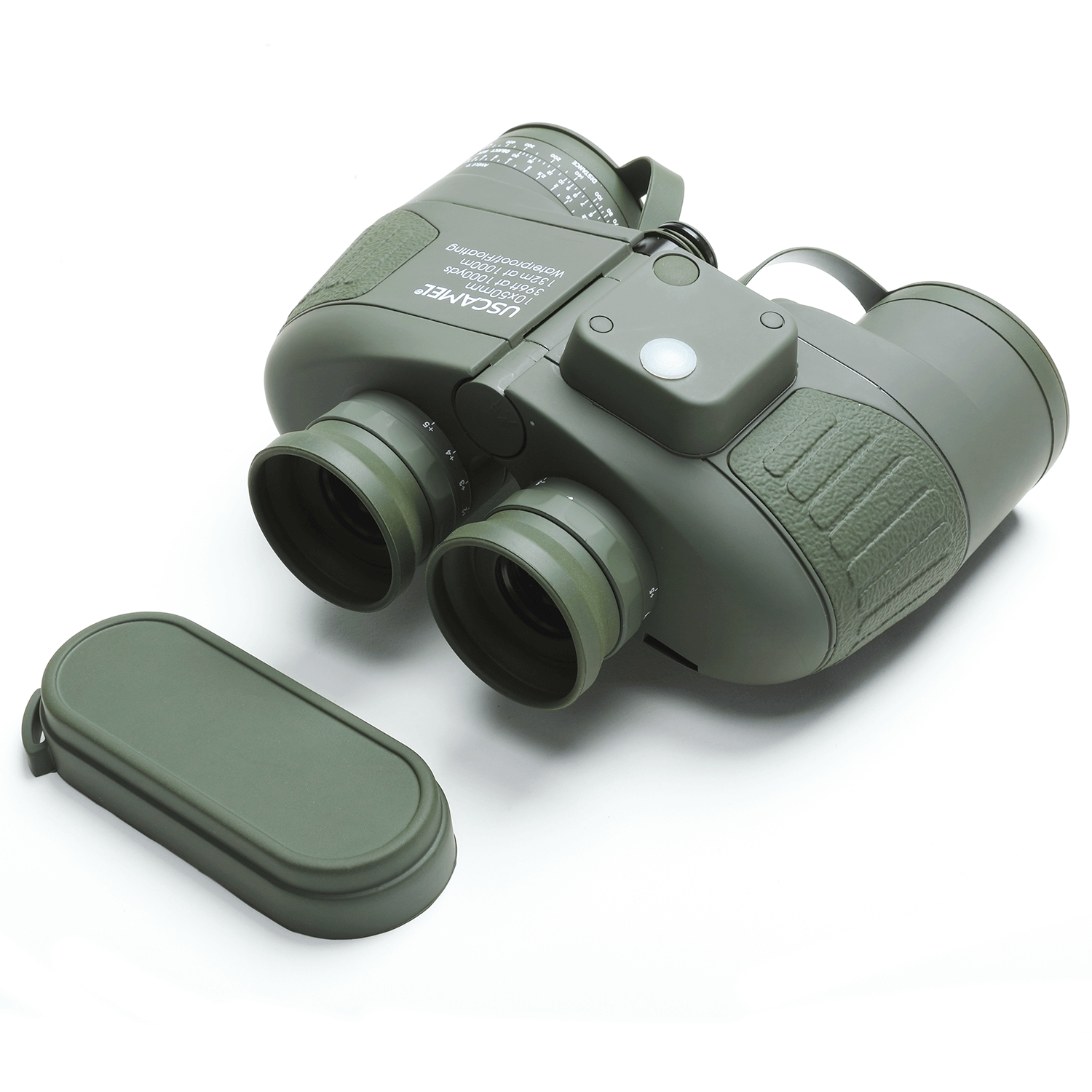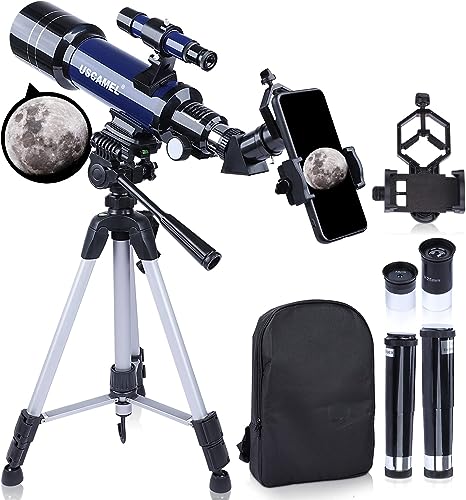Oh, astronomy is one of the most thrilling subjects out there! It's constantly evolving and there's always something new happening up in the sky. And the best part? As an amateur astronomer, you're not just a spectator, you're a participant! You get to immerse yourself in the magic of the universe and explore its wonders. It's like the universe is calling out to you, begging you to discover all of its secrets.
But the question is, how do you begin your journey into the cosmos? What do you need to know to start observing the sky and unraveling its mysteries?
-
Are you ready to embark on an exciting journey of exploration and discovery? The night sky is calling and there's no better time than now to answer.
To start your adventure, you should learn some basic facts about the sky. Did you know that the Earth spins once a day and orbits the sun once a year? Understanding this motion will help you track the movement of sky objects from east to west and identify different constellations that appear in each season's sky.
Next, imagine the sky as a sphere with north and south poles and an equator. Take the time to read up on the phases of the Moon. It's a stunning sight as it first becomes visible as a thin crescent low in the western evening sky. Each night thereafter, it appears to grow and move eastward until the full moon. Then, the lit part shrinks to invisibility (New Moon). When you spot the thin crescent low in the west again, roughly 30 days have passed. The Moon's phase is crucial because its light can prevent you from seeing faint objects.
Finally, it's time to get familiar with bright seasonal constellations. Start with just a couple per season, such as Taurus the Bull and Orion the Hunter in winter; Scorpius the Scorpion and Cygnus the Swan in summer, and so on. Don't worry about the faint ones. If you haven't heard of them, like Lacerta and Serpens, there's probably a good reason why. So, grab your telescope and let's explore the wonders of the night sky together! -
Dive deep into the wonders of the cosmos!
Your journey as an observer is just beginning, and there is a vast universe of knowledge to explore beyond the pages of this booklet, your favorite astronomy magazine, and websites like Astronomy.com.
Satisfy your thirst for astronomical knowledge by visiting your local public library and bookstores. You'll discover a wealth of star charts, observing guides, and texts on all aspects of our incredible hobby. These resources won't become outdated quickly, so you can explore the night sky with confidence.
Joining local astronomy clubs is another excellent way to enhance your understanding of the universe. You'll meet like-minded people, gain insights into observing techniques, and receive valuable tips that will help you achieve greater success as an observer. So let's embark on this journey together and unlock the secrets of the cosmos! -
Test your stargazing gear before you invest
Don't settle for buying an expensive piece of equipment without trying it first. Major astronomy shops in big cities often offer the chance to test out equipment. Their knowledgeable staff will guide you through the ins and outs of how everything works.
Alternatively, you can attend an observing session or a regional star party organized by local astronomy clubs. Take your time, ask lots of questions and see the scopes in action. Nothing beats the experience of getting hands-on with different types of telescopes and stargazing gear. -
Choose your observing site with care
The night sky is vast, and to explore its wonders, you need the right location. While any place can do if you're happy observing the Moon, planets, and double stars, if you want to view elusive celestial objects like galaxies and nebulae, you'll need to venture to a dark site.
When selecting your site, consider factors like light pollution, distance, portability of your equipment, safety, and weather conditions. You don't want to get stuck with poor visibility, a shaky atmosphere, or no cell service in an emergency. Choose your location wisely to maximize your stargazing experience. -
Sketching with your hand
Discover the true beauty of the night sky by taking your visual observing to the next level with the art of sketching! With just a few simple tools, you can record your observations and improve your skills to identify even the faintest details in celestial objects. Sketching is not only a useful tool for record-keeping, but it's also an enjoyable experience that can help you appreciate the artistry of the cosmos.
All you need is a sketchpad, pencil, eraser, and a red flashlight to get started. Consider adding a drafting compass to your kit, as many objects you'll be sketching are circular and lie within the circular field of view of your telescope's eyepiece. Don't miss the opportunity to turn your astronomical observations into a work of art! - Make comfort a priority when observing
Observing the night sky can be a lengthy and sometimes uncomfortable experience, but it doesn't have to be. Many observers contort their bodies in various ways to look through the eyepiece, but this can be hard on the back and require tense muscles. Instead, prioritize comfort by sitting down at the eyepiece. You'll spend more time observing and see more than you would if you were standing. Don't let discomfort detract from your observing experience.
-
Astrophotography is both rewarding and time-consuming
Astrophotography can be a satisfying hobby, but it requires a lot of practice and patience to get good at it. The more advanced you want your images to be, the steeper the learning curve. Keep in mind that taking high-quality pictures requires two steps: capturing the data with your camera and processing the image using software.
Fortunately, there are many resources available to help you learn the art of astrophotography. Read extensively, take numerous pictures, and with time, you will be able to show off your impressive results to friends and family. -
Keep a log
One of the most thrilling aspects of stargazing is discovering the vast and breathtaking objects in the night sky. To fully appreciate and cherish these discoveries, it's crucial to keep a log of your observations. A simple log should record the date and time of your observation, the object(s) you looked at, and a brief but enthusiastic description of what you saw, like "Wow! I saw the spiral arms of the galaxy!" or "Incredible blue hues, but details were not visible."
For the more dedicated astronomer, a detailed log can provide invaluable insights into your stargazing experience. Your detailed log should include information about the telescope you used, which eyepiece(s) and magnification(s) you used, and specific sky conditions, such as the percent of cloud cover, amount of light pollution, and the steadiness of stars. Keeping a detailed log will help you better understand your observations and make the most of your stargazing experience.
-
Connect with the Astronomy Community
Do you ever feel like you're the only one gazing up at the night sky, marveling at the universe's infinite beauty? Well, it's time to connect with the passionate community of astronomers around you! Visit a planetarium, attend a star party, and observe with others.
Don't stop there, join a local astronomy club and attend their meetings and observing sessions. You'll meet like-minded people who share your love of astronomy and can help you answer your questions. Astronomy clubs are also a great place to volunteer, meet new people, and deepen your knowledge of the cosmos.
With so many enthusiasts looking for opportunities to share their passion, you'll be amazed at how quickly you can become an active and engaged member of the astronomy community. So why wait? Join the club and see where your love for astronomy can take you!
-
Experience the beauty of the universe!
Why limit yourself to just one type of celestial object when there's a whole universe waiting to be explored? Don't miss out on the incredible sight of a total lunar eclipse, the awe-inspiring brightness of a comet, or the wonder of a meteor shower.
Your telescope may be optimized for a specific type of object, but that doesn't mean you can't view everything through it. The Moon alone has hundreds of targets on its ever-changing surface that are visible even through a small scope. The planets are also visible in the early evening sky, making them easily accessible.
By venturing out each month during the dark of the Moon, you can discover dozens of galaxies and expand your knowledge of the universe. As you observe all that the night sky has to offer, you'll be captivated by the immense beauty of the cosmos and the endless possibilities of this remarkable hobby. So, observe it all and experience the magnificence of the universe!




